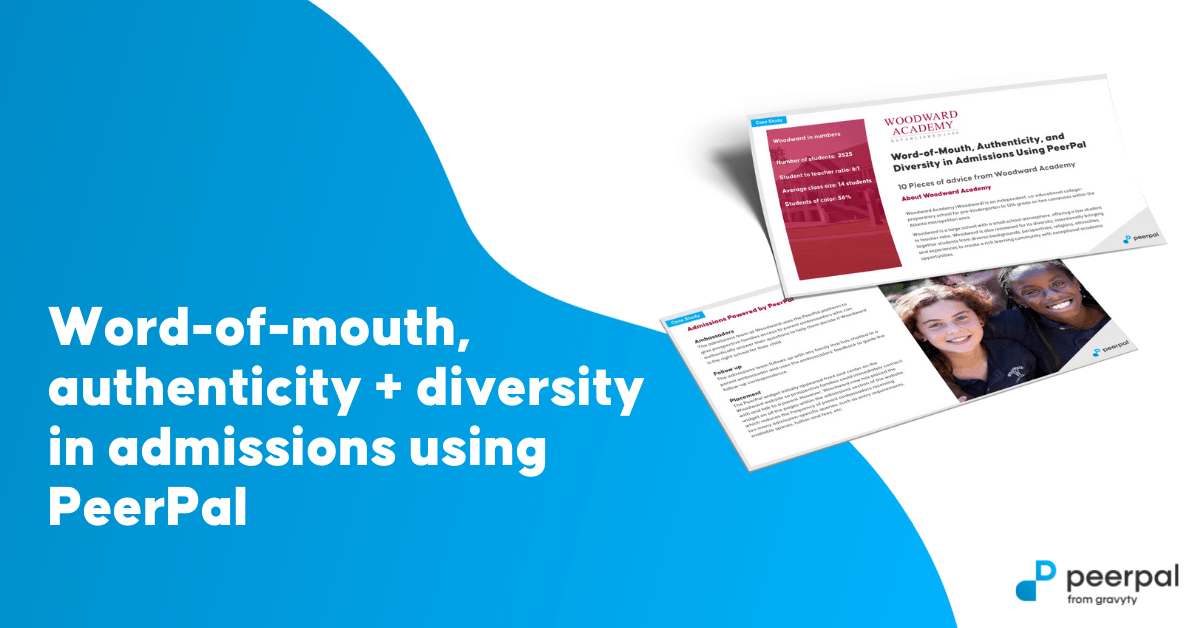How to run a successful university giving day

7 best practices for running your next university giving day
Whether you’re thinking about running a giving day for the first time and wondering if it’s worth the effort or you’re a seasoned pro looking to improve your next campaign, this article guides you through tips and tricks for running an effective—and measurable—giving day.
What is a university giving day?
A giving day is a dedicated 24-hour campaign focused solely on raising funds for your institution. Many schools find that a focused, time-sensitive campaign like giving day is a great way to bring the whole school community together and build a level of excitement not achievable with the slow-burn, year-round fundraising endeavors. A giving day is an excellent way to draw in new donors as well as reignite and steward relationships with existing ones.
Giving day is also an opportunity to enrich your alumni and school community by offering volunteer and ambassador opportunities and generating interest and excitement about important initiatives your school is seeking support for.
1. Start early
It’s only 24 hours but don’t underestimate the background work needed to make those 24 hours great!
Start planning your Giving Day at least six months before the event as unforeseen issues—people dropping out, tweaks needed to your digital platform, more time needed for designing and printing, etc.—will inevitably crop up. The earlier you start, the more time you will have to smooth out any hiccups without having to pull all-nighters or burn out your team members from stress.
2. Gather your people
A great Giving Day needs a great team of people to drive it from start to finish. When choosing your team, dip into your wider community and choose volunteers from among parents, staff, students, local employers and other community well-wishers. The broader the team, the broader the fundraising reach and the more visible your school will be.
Ideally, recruit a few more people than you need, as there will always be some dropouts or less productive team members. Set expectations from the start ensuring that team members understand their role, the level of commitment and time required and where to get support if needed. Schedule regular meetings and send updates to keep everyone in the loop.
Consider setting a designated social media or email group or use your school’s alumni platform to keep communications in one place.
3. Build your giving day toolkit
Most schools today use a virtual fundraising platform like Advance from Gravyty to run their Giving Day campaigns. Advance offers a custom and fully branded website to send all donors and interested parties to, both on and prior to Giving Day.
Your platform is the place to showcase the causes you are raising money for prior to the event, using multimedia resources like fundraising videos and alumni or notable figure video testimonials to bring the campaign to life. On the day itself, your platform will be the focal point for all that’s happening, displaying the various events and featuring exciting live leaderboards and moving totals.
When selecting the right tech partner, consider the support they offer and area of expertise. Ideally, you want a designated customer success team available to guide you through the entire process—from customizing the platform to suit your needs prior to the day to helping you manage the day itself and troubleshooting any problems as you go along.
Christine Dahlheimer, Sr. Director, Alumni Engagement
Boston College High School
Gravyty’s team of experts including account managers, professional services, support team, and customer success is here to help you succeed in your Giving Day initiatives every step of the way
4. Set appropriate giving day goals
Running a giving day campaign is a big investment for your school—especially if you purchase new technologies or spend money on special events, printing and advertising. When any investment is made, you need to get the support of senior leadership, board members and relevant stakeholders, and you will almost certainly be required to demonstrate ROI after the event.
Decide in advance how you will define success for this particular Giving Day—whether that will be the amount you raise, the number of donors who participate, the number of volunteers who step up or anything else you value. Using a digital fundraising platform like Advance offers a great advantage when tracking KPIs because it collects all kinds of data at the back end, making it much easier for you to measure and prove that you have reached (and exceeded!) your targets.
5. Define your cause(s)
Your institution likely has many important projects and causes for which funds are required, but when it comes to Giving Day, less can be more.
Don’t overwhelm your audience by presenting them with too many options, but rather focus your Giving Day campaign on a few select causes (no more than five) that you think your community will be able to relate to and feel passionate about. This could be a certain scholarship program or a fund such as arts and humanities, diversity, equity and inclusion or medical research to provide new equipment for a much-loved sports team. Include personal stories from those who have benefited from this type of initiative in the past to help you ignite support.
6. Lean into your institution’s brand & messaging
Your school already has a strong brand that is widely known to your community members. Your giving day campaign should work off this existing brand, maintaining its brand identity, visual appearance, fonts, colors and overall style.
In addition to this, you need crisp, clear messaging that resonates with your audience.
Melissa Vogt, Executive Director of Annual Giving
UC San Diego
Accurate messaging will lend legitimacy, increase engagement on your social media posts, and may go as far as to increase donations dramatically. Determining the visuals and messaging ahead of time ensures that your marketing and development teams have a clear framework to build appeals, graphics, content and line up speakers. Your fundraising platform should allow you to customize your interface to reflect your brand and message.
7. Make it fun!
Adding a competitive element to your giving day campaigns will motivate people to give more generously and enthusiastically. Lots of buzz can be created via social media to increase the energy and competitive spirit. At the end of the day, everyone is contributing to the same overall cause, but it’s still fun to be able to declare a “winner.”
Use your giving day platform creatively to create gamified experiences and enhance competitiveness. For example, you can pit graduating years, sororities and fraternities against each other in fundraising for a certain cause, showing which team is winning via a leaderboard as the funds roll in. You can also host online game shows or quizzes directly on the platform to draw more people online.
Giving day ready
Well done! Now it’s time to assess what went well (and what can be improved for next time). Collect and analyze any relevant data from your giving day and evaluate whether you achieved your targets and where there is room for improvement.
Depending on your KPIs, you can consider who donated, what amount they gave, which projects or causes were the most popular, and how many first-time or new donors you attracted. Your fundraising platform will help you do this as efficiently as possible.
Want to learn more about Advance? Get a personalized demo.



